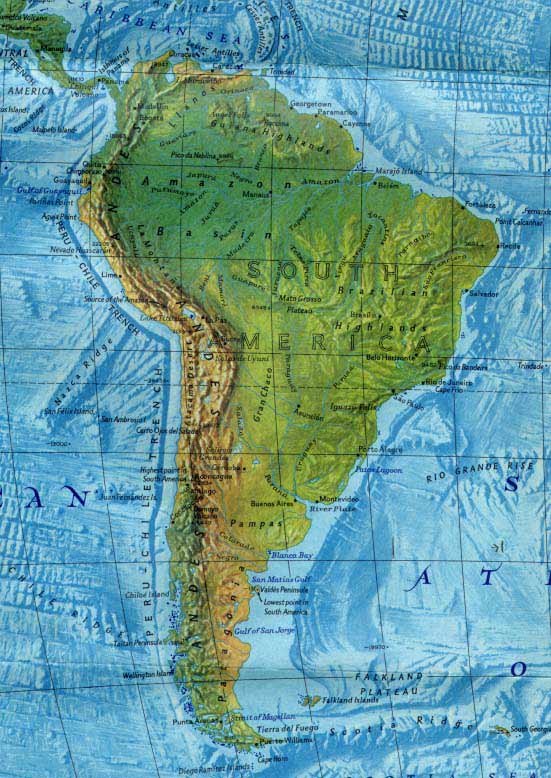The following
story is
my abridged account of Karl Brugger and Tatunca Nara's adventures into
the Amazon jungle
in search of the (lost?) city of Akakor, an ancient city believed
to exist somewhere on the western border of Brazil and the eastern
border of Peru.
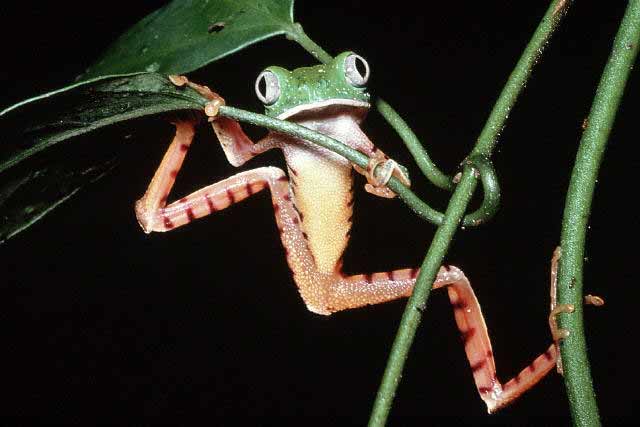
What may seem like a very strange and unbelieveable story is truly quite incredible, but keep in mind that there are threads of truth within it - threads of truth about an ancient land in an ancient time. I ask NOT that you seek out the parts that do not fit your paradigm and that may prove the story false, but rather search for the threads that may in fact truly come from an ancient time. PLEASE keep this in mind as you read the story.
Like the oceans that blanket the earth, the Amazon basin is one
of the last, true remaining frontiers on Earth. Most people have no
idea that the size of South America's Amazon basin is nearly
as large as the entire United States of America!
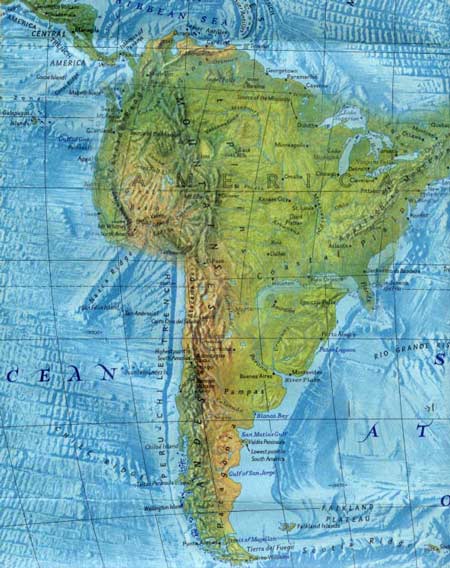
Do you see ?
Imagine
everything west of Washington D.C. lies a vast sea of jungle
inhabited with anacondas, killer cats, huge crocodiles, savage
Indians and lost cities that antedate the ancient Egyptians!
That is how huge the Amazon basin really is!
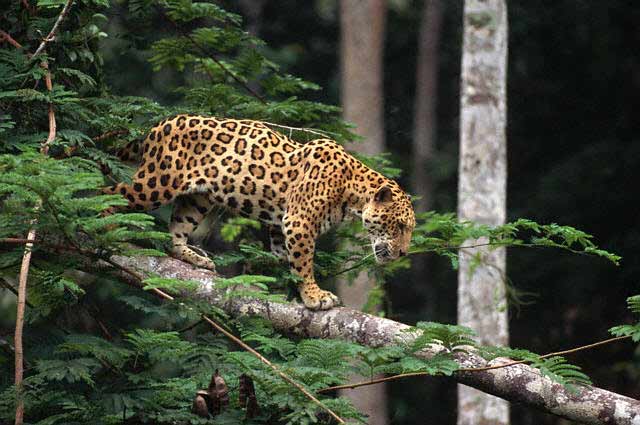
The least known and unexplored areas of this great basin are
located on the borders of Bolivia, Peru, Ecuador, Columbia, Venezuela
and the Guianas.
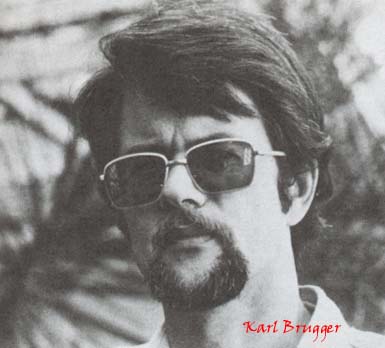 The
story begins on March 3, 1972 when Karl Bruggar, a German journalist, met an Indian
chieftan named, Tatunca Nara. After Brugger tape recorded an
interview with him, he accompanied Tatunca Nara into the Amazon
jungle in an attempt to return to the secret city of Akakor.
(Bruggar's story can be read in his book, The Chronicle of
Akakor.)
The
story begins on March 3, 1972 when Karl Bruggar, a German journalist, met an Indian
chieftan named, Tatunca Nara. After Brugger tape recorded an
interview with him, he accompanied Tatunca Nara into the Amazon
jungle in an attempt to return to the secret city of Akakor.
(Bruggar's story can be read in his book, The Chronicle of
Akakor.)
Tatunca Nara was a tall man with long dark hair and brown eyes that gleamed with suspicion, and for good reason - he was a Mestizo, a half-breed, the stigma that would one day come to haunt him.
Tatunca Nara told Brugger the tale of his tribe, the Ugha Mongulala, a chosen people by the Gods 15,000 years ago, long before academia says the first humans set foot on the North American continent, he said the language they spoke was Guechua, a written language of 1,400 symbols, each yielding a different meaning depending on their sequence.
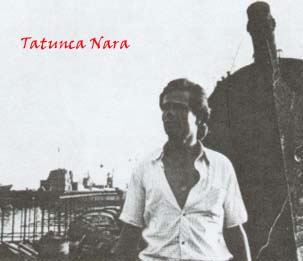 According
to Tatunca
Nara, the
tale of Akakor was recorded in a tribal book entitled Chronicle
of Akakor (not to be confused with Brugger's book THE
Chronicle of Akakor), and begins at the year zero, which corresponds to the year 10,481 BC on the Gregorian calendar.
According
to Tatunca
Nara, the
tale of Akakor was recorded in a tribal book entitled Chronicle
of Akakor (not to be confused with Brugger's book THE
Chronicle of Akakor), and begins at the year zero, which corresponds to the year 10,481 BC on the Gregorian calendar.
He went on to say that during year zero "...the Great Masters left the Ugha Mongulala...Before the year zero, men lived like animals, without laws, without clothing..." and that the Great Masters brought "the light" (here we have shades of Prometheus' story of bringing light, or knowledge, from the heavens to humankind.)
Before year zero, the continent was "...still flat and soft, like a lamb's back...the Great (Amazon) River still flowed on either side." (Either side?) He continued to explain that sometime before year zero (Tatunca Nara guessed about 3,000 years before) "...glimmering golden ships appeared in the sky. Enormous blasts of fire illuminated the plain. The earth shook and thunder echoed over the hills."
The strangers in the golden ships looked like humans with fine features - white skin, bluish-black hair and thick beards. "They (the Ugha Mongulala tribe) had no tools as they did, which, as if by magic, suspended the heaviest stones, flung lightning, and melted rocks." These strangers civilized the tribe and built three great cities of stone called: Akanis, Akakor, and Akahim.
|
|
|
